Looking back on COVID-19: how university archives are preserving this moment in history
From partnerships with heritage organizations to web crawlers, university archivists, librarians and historians are using a range of tools to capture life in the pandemic.

What will we remember about COVID-19 at this time next year? In five years? In 50 years? And more importantly, what will we need to remember? What information will be useful for historians, for epidemiologists, for artists? What is worth preserving?
These are the questions that university archivists, librarians and historians are tackling now. With an eye towards the future, these groups are working to save artifacts that help explain and contextualize how we’re living in this singular moment.
“We’ve received things from school-aged children, all the way up to seniors, and all across the entire geography of the Niagara region,” says David Sharron, the head of archives and special collections at the Brock University library. The team at Brock is using a living history model to archive what life is like during COVID-19. They have an online, open submission platform, where anyone in the region can answer a brief questionnaire, or submit artifacts like pictures, essays and works of art.
“One girl, as a history project, compared the pandemic to the Spanish Flu of 1918, and she wrote a beautiful song and played it on the ukulele and put up the video,” Mr. Sharron says. “And a gentleman who was a Brock University grad, he had an email correspondence over the first nine weeks of the pandemic, and each week he would write about how he and his wife were feeling.”
Like Brock, other libraries and archives teams across Canada are focusing on entire geographic regions rather than simply looking at their institutions. At the University of Saskatchewan, a team of historians overseeing the institution’s COVID-19 archive quickly realized the difficulty in limiting their scope to the university community.
“If you say ‘we’re only going to talk to the university people,’ does that include the hospital where many people train and work? Does it include spouses of people who were affected by the creation of a home office?” asks Erika Dyck, a history professor and Canada Research Chair in the history of medicine who sits on the project’s leadership team.
With those fluid community boundaries in mind, the team at U of S has focused on collecting oral histories and personal submissions, while relying on their counterparts in the provincial and municipal archives in the province to fill other gaps. “They’re going to capture what’s happening at the cabinet table, what’s happening at the upper levels of government,” says Jim Clifford, an associate professor of environmental history who also serves on the leadership team.
Meanwhile, at Queen’s University, archivists have taken the opposite approach. Using a passive web collection model, Jeremy Heil, the digital and private records archivist, is focusing only on the university and the Kingston area. Mr. Heil monitors the web program each day as it crawls a designated number of local government, business and health websites to collect updates. But early on, the team at Queen’s decided to stay away from social media sites. Though Twitter, Facebook and any number of social platforms are ripe with updates about life during COVID-19, collecting that information also comes with ethical challenges.
“There’s a little more that needs to be done on our own part to interact with those individuals, to ensure that this is the kind of information that people want their names associated with, and then you get into ownership of material,” Mr. Heil explains. The team at U of S dealt with the same considerations and also decided to stay away from social platforms for now. “Do residents of Saskatchewan sign away their privacy in a post on a public Facebook forum? That’s still a grey area we have to consider,” Dr. Clifford says.
Even universities that operate an online model are coming up against these issues. Athabasca University was in the business of online teaching and learning long before other universities were forced to join them this spring. Even so, the transition still had some rough spots – though archiving wasn’t one of them. Karen Langley, the manager of institutional records and university archivist, notes that their distance-learning model has made for a diverse set of submissions to the archive. “Because our students are all dispersed and not necessarily all in Alberta, you get to see how things are going in other locations in Canada and around the world,” she says.
Ms. Langley is also looking for the “slice-of-life” submissions, noting that often, the everyday things that seem smallest, or mundane, can turn out to have the greatest impact or historical context. She recalls an anecdote shared by a colleague who’d returned to her large office for the first time in months: “She thought it was really weird because all the cubicles, all the calendars were set to March. It was like time stopped. And I said, ‘that’s amazing, that’s incredible, you should submit something like that.’”
Corey Davis is a visiting program officer at the Canadian Association of Resource Libraries and digital preservation librarian at the University of Victoria. He’s been helping universities coordinate their collections to ensure any overlap in their work is purposeful and useful.
“We are sharing our activities through online spreadsheets to try to coordinate as much as possible and help everyone understand what everyone else is collecting,” Mr. Davis explains. “CARL has a listserv and we share as much as possible about what people are doing and if they’re having challenges, they can reach out to the community.”
While some universities are partnering with municipal or provincial archives to store these files, Mr. Davis says it’s no surprise that some of these larger projects are falling to educational institutions to lead. His library at UVic has spoken to smaller museums in the area about collaborating on their digital collections. He explains that archives need additional capacity to be able to capture and store “born-digital artifacts” and that in some communities, the only repository in town with that kind of capacity is the university library. He says in these cases, universities are really demonstrating just how embedded they are in their local communities.
Most university archives plan to keep their submission windows open for at least a year to capture the changing feelings and responses to a very unusual time in history. Some plan to revise their acquisition plans as life returns to normalcy. Mr. Sharron at Brock says he’s also hoping to take advantage of hindsight and nostalgia: “When we hit March in 2021, people will get their social media [reminders] ‘a year ago today, you were doing this,’ and I think we want to revisit it to say, ‘it’s been a year, you’ve had a lot of time to reflect,’ and [ask them to] resubmit.”
Featured Jobs
- Business - Assistant Professor (Digital Technology)Queen's University
- Psychology - Assistant Professor (Quantitative Methods / Data Science)MacEwan University
- Psychology - Assistant ProfessorSt. Jerome's University
- Director and Stauffer-Dunning Chair, School of Policy Studies - Associate or Full ProfessorQueen's University
- Neuroscience - Assistant ProfessorMacEwan University



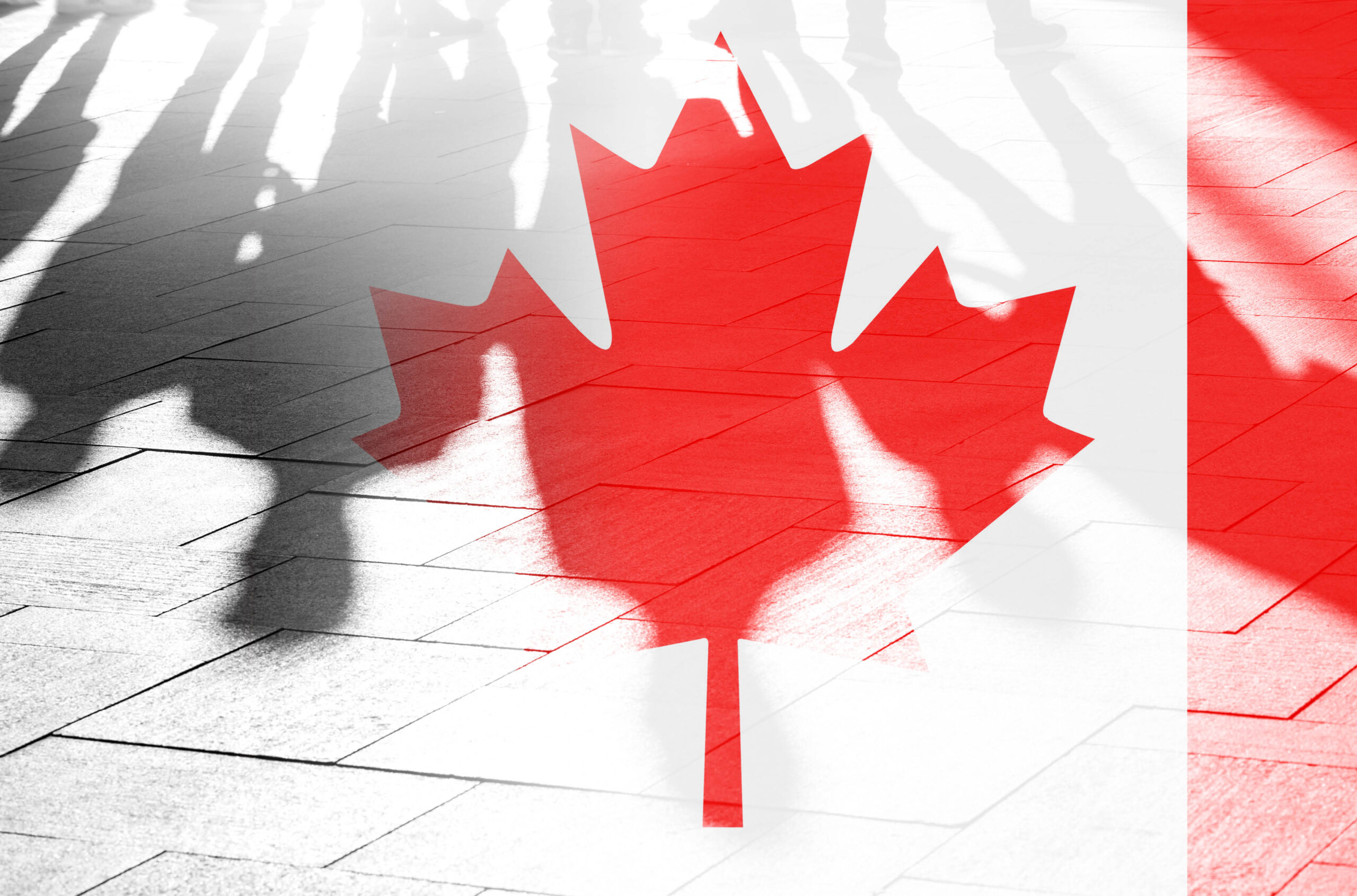
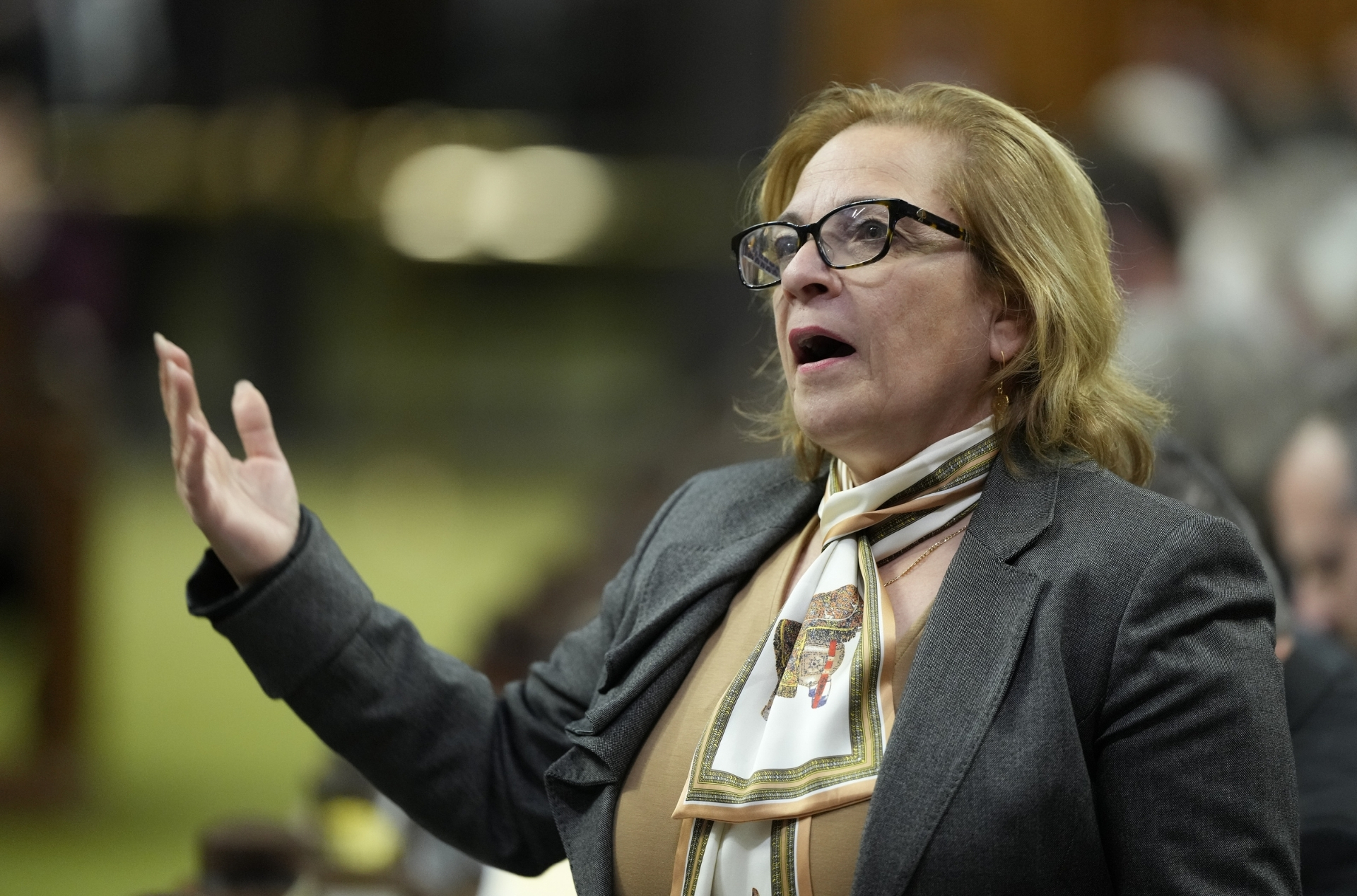
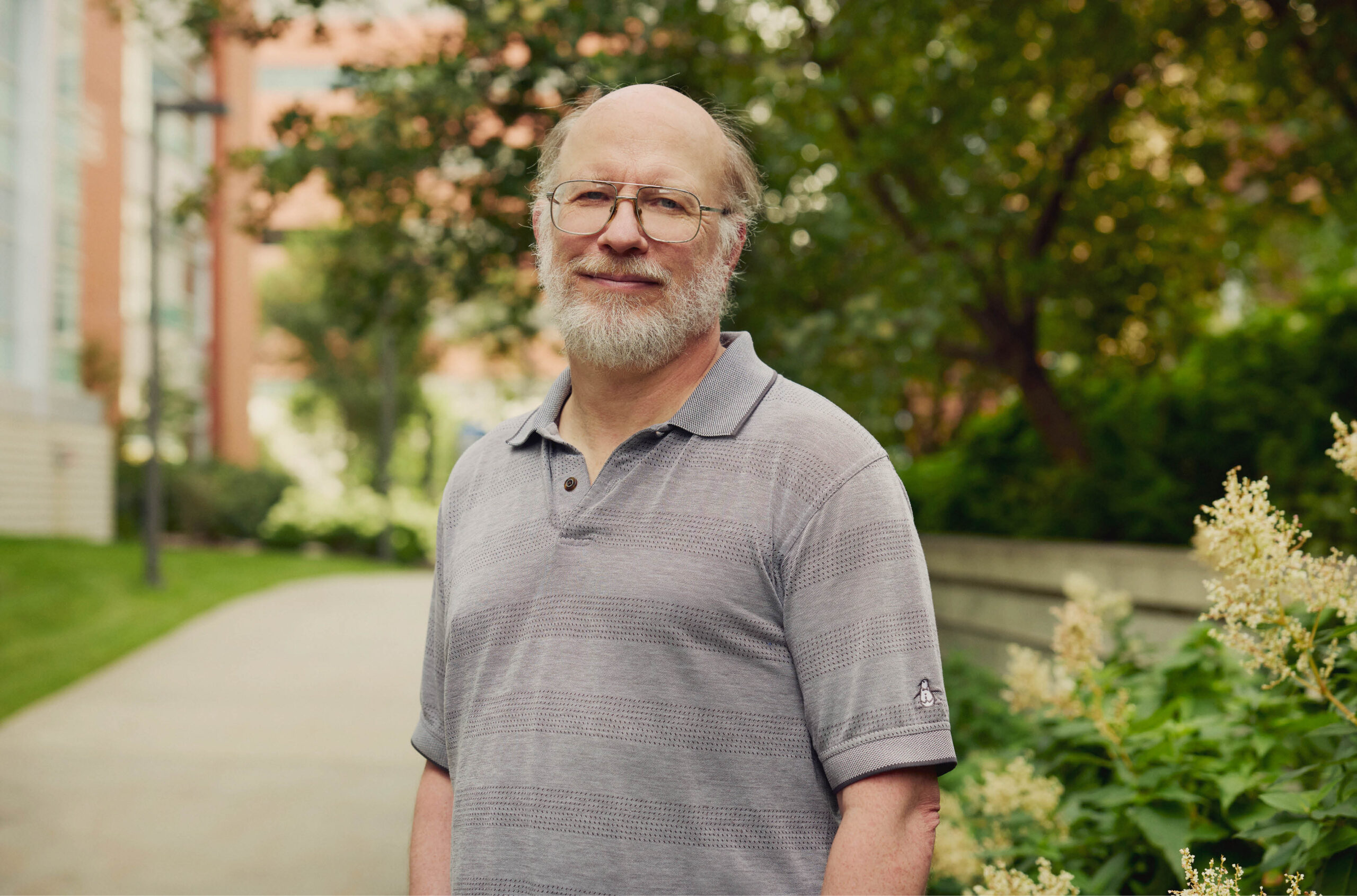


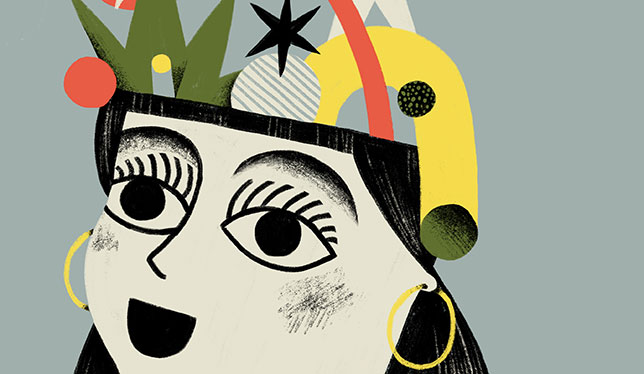
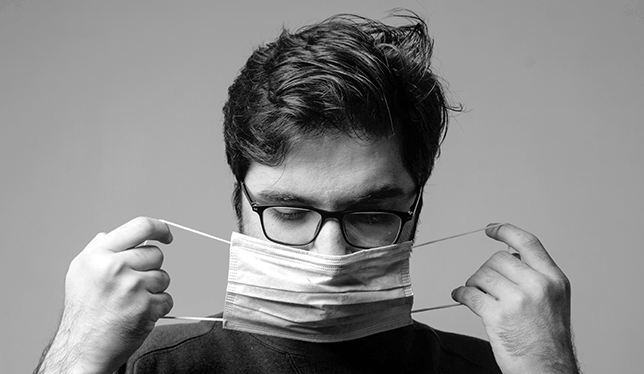
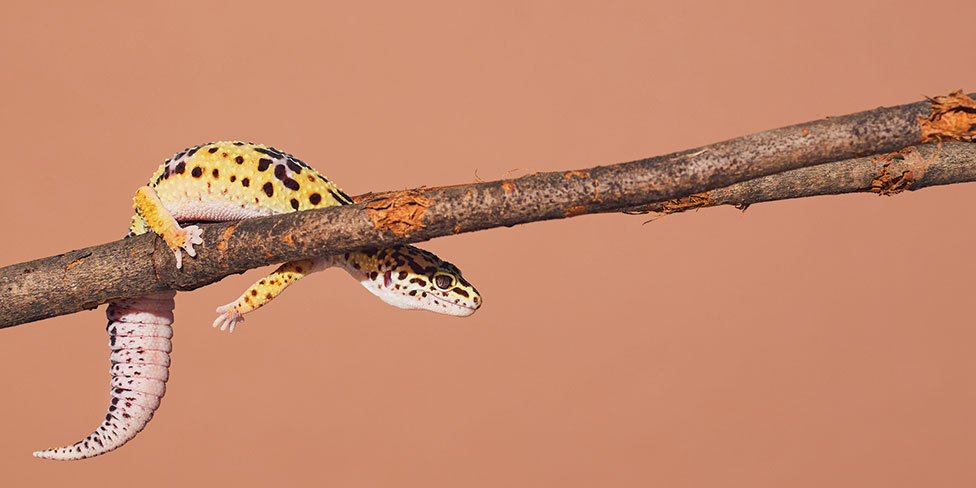
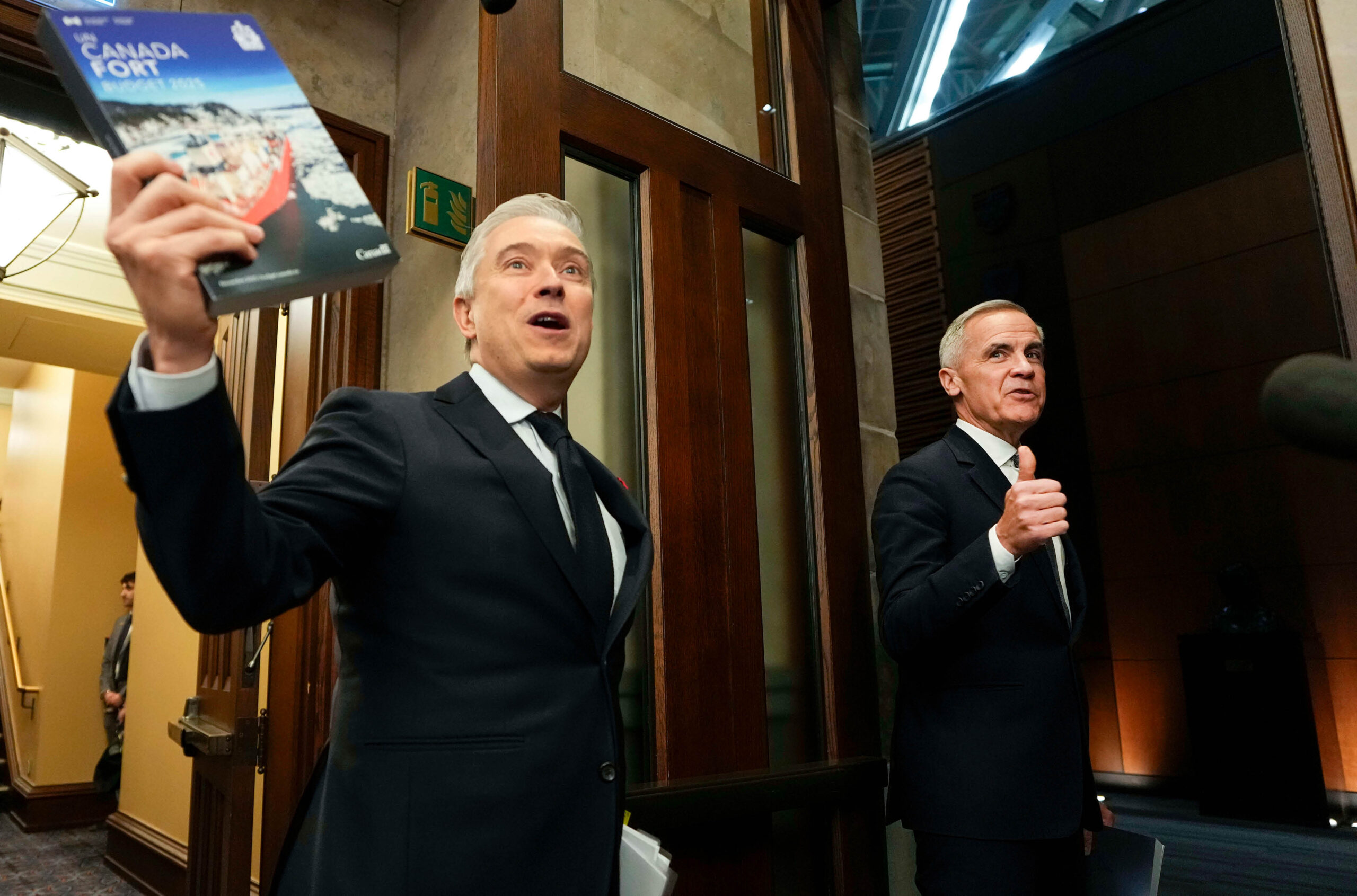



Post a comment
University Affairs moderates all comments according to the following guidelines. If approved, comments generally appear within one business day. We may republish particularly insightful remarks in our print edition or elsewhere.